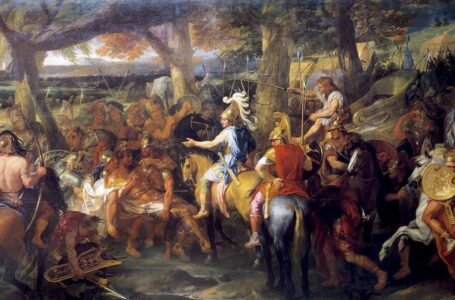Naga Tribes: History,Cultural Traditions and the Struggles
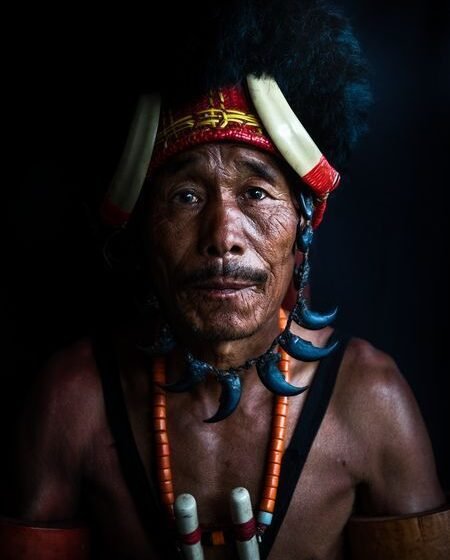
The Naga tribe, located in the northeastern region of India, has a rich culture and heritage that has marks of tradition as well as resilience. The Naga people are spread amongst the hills and dense forest of Nagaland and its neighboring states. They have been living here since ages and have went on to form a distinct mosaic of tribes, each tribe has its own customs, language and traditions. Their quest is for autonomy and self-determination within the Indian-nation state. Historically, the Naga’s have fiercely resisted the British colonial rule but their struggle for independence continued even after India gained its independence in the year 1947. They wanted to fight for their autonomy to preserve their culture, protect their land rights and govern themselves according to their traditional customs and values.

The Nagas first appear within the records during the medieval period of Indian history, where they developed contacts with the Ahom kingdom in Assam which was established in 1228. However, the tranquil existence of Nagas was disrupted in the 19th century when the Burmese empire launched invasions of Assam between 1817 and 1826. This briefly subjected the Naga to the Burmese rule. However, their fate took another turn with the annexation of Assam by the British empire in 1828, which was followed by the treaty of Yandabo in 1826.
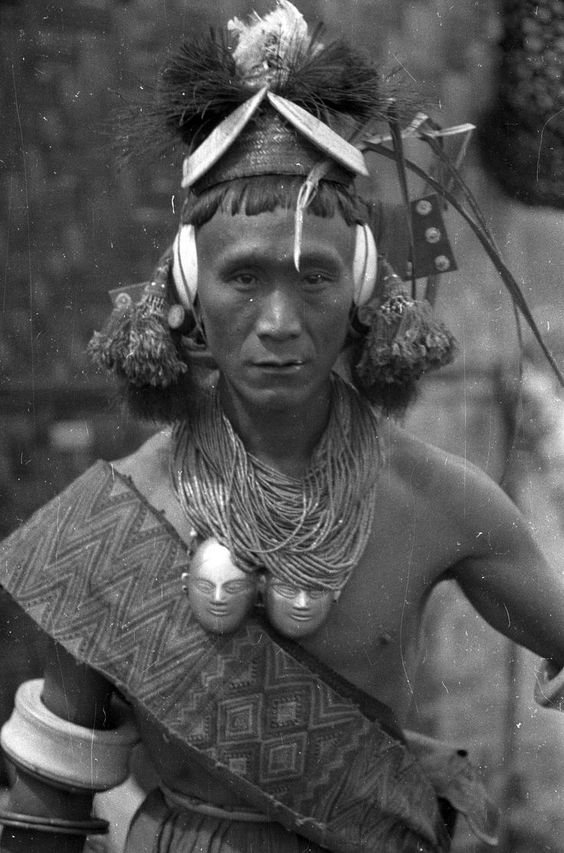
The presence of British in Assam triggered a series of encounters between the colonial authorities and the Naga tribes. Despite attempts to pacify the regions, including signing non-aggression pacts, the Naga people resisted British control. Guerilla tactics were used, particularly by the Angami Naga, which was challenged by the British authority, leading to disciplinary expeditions to quell the resistance.
World war 1 and 2 both, were really important in the Naga narrative. Thousands of Naga’s enlisted in the British army. Showcasing their bravery on the battlefield of the Western front. And the Burma campaign against Japanese forces. However, after India became independent, these Naga people became Indian citizens but their journey towards integration was fraught with challenges. Ethnic conflicts were erupted in the region in 1958, and the reason was grievances over autonomy and cultural preservation.

A spirit of independence has long stirred among the Naga community, maybe because of the centuries of isolation from external influences. The emergence of a collective identity and nationalist sentiments represent a relatively recent phenomenon in Naga history, catalyzed by the forces of modern education and Christian missions. In the year 1918, a group of educated Naga people took an important step towards political mobilization by forming the Naga club. Their advocacy for Naga interests gained momentum, culmination a historic letter to the Simon commission in 1929, asserting the Nagas’ desire to remain outside the scope of India’s reformed scheme.
As India approached the dawn of independence, the Nagas made a bold declaration on August 14 ,1947, asserting their territory as an independent state separate from the newly formed nation. Angami Zapu Phizo, named this movement under the banner of Naga National Council. This engaged in negotiations with the departing British Raj to secure a sovereign Naga nation. However, there were a number of disputes related to the agreements which did not lead to autonomy of the state. Despite the Indian government assuring the people about self-determination, the Naga people found themselves at odds with them, which lead to increasing tensions and even armed resistance.
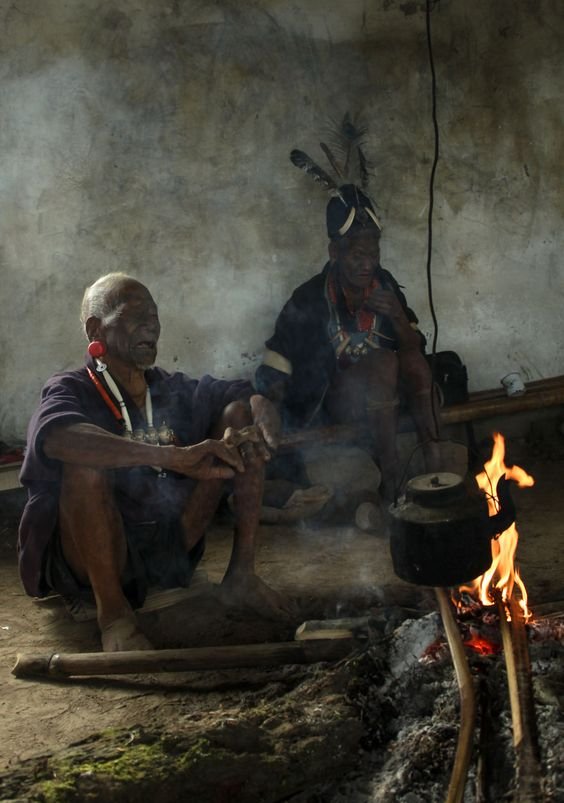
In May 1951, the Naga National Council clained overwhelming support for secession through a referendum, but India rejected their wants which sparked further conflicts. Guerilla movements took place and met with a forceful retaliation from Indian armed forces. Their leader Angami Phizo had to go into exile to London because of the threats, over there he continued to advocate for Naga independence until his passing in 1990. In the face of adversity, the Naga people continue to stand strong, marching ahead in their quest for self-determination amidst the hills of Northeast India,
Nagaland emerged as the 16th stated within the Indian union on 1st December, 1963. For them it was a milestone, as it marked both recognition and transition for the diverse ethnic groups inhabiting its eleven administrative districts. Each of the groups were distinguished by its unique customs, language and attire. The Nagaland Baptist Church Council, NBCC played an important role in reconciliation of all the historic resolution during its third convention in Wokha from January 31st to February 2nd , 1964. This resolution extended a warm welcome to proposed peace talks and called upon the government to enlist the services of eminent figures such as Jayaprakash Narayan, Bimala Prasad Chaliha and Rev. Michael Scott to facilitate the resolution of peace.
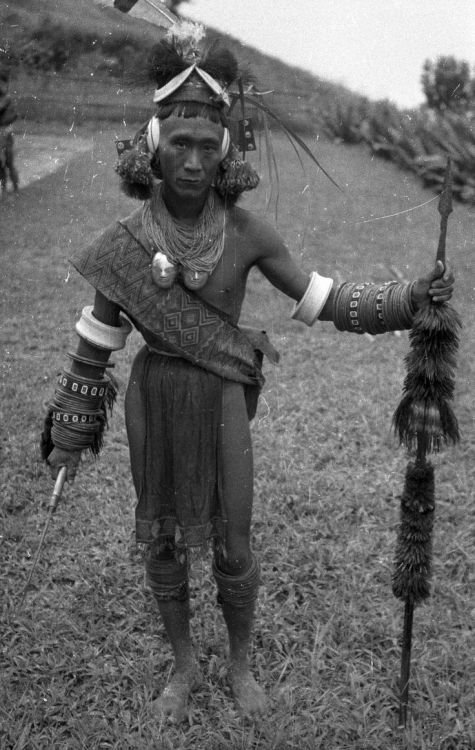
Hence, the peace mission was born, which was led by the people named above and supported by the church leaders and the Nagaland state government. What marked a significant milestone in the journey towards peace was the ceasefire agreement of 1964, signed on May 23 at Sakraba village in Phek district. After this, subsequent peace talks followed which were primarily conducted in New Delhi. The engagement of the Naga leaders and the members of the peace mission was seen with the prime minister, Indira Gandhi and the discussions went on for about 6 rounds between the years 1966 and 1967. Despite earnest efforts, no concrete agreement materialized from these dialogues. while challenges persist, the spirit of dialogue and cooperation remains a beacon of hope, guiding the journey towards lasting peace in this vibrant region of Northeast India.
The complex history of the Naga community is woven with threads of unity, hope and resilience. From their ancient origins in the isolated hills of Northeast India to their emergence as a modern state within the Indian Union, this community has seen it all. Their journey is marked by period of conflicts, negotiations and tentative peace. The advent of colonial rule and the subsequent integration into the Indian Union posed profound challenges to traditional ways of life, and also brought out in them the hope for autonomy and self-determination. This fight for self-governance is rooted in a deep-seated commitment to preserve cultural heritage and safeguard ancestral lands. Even their efforts for peace missions, supported by church leaders and government officials was a great example of collective yearn9ing for peace and stability. Ceasefire agreements and peace talks had seen a lot of setbacks and challenges but they also symbolized a shared commitment to finding common ground and forging a path towards progress.
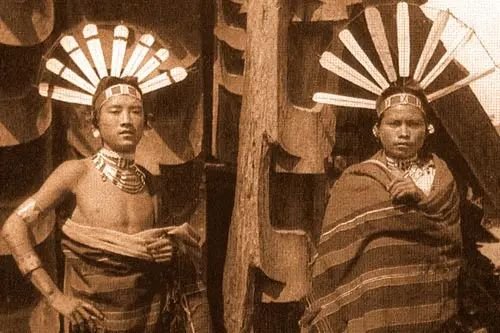
The complexities of ethnic diversity, geopolitical dynamics and historical legacies underscores the need for substantial dialogues, empathy and mutual respect among all stake holders. As Nagaland progresses towards the current of change and transformation in the 21st century, the lessons of its past offer valuable insights for charting a course forward. The state has the potential to emerge as a beacon of peace by embracing the principles of inclusivity, diversity and social justice.

